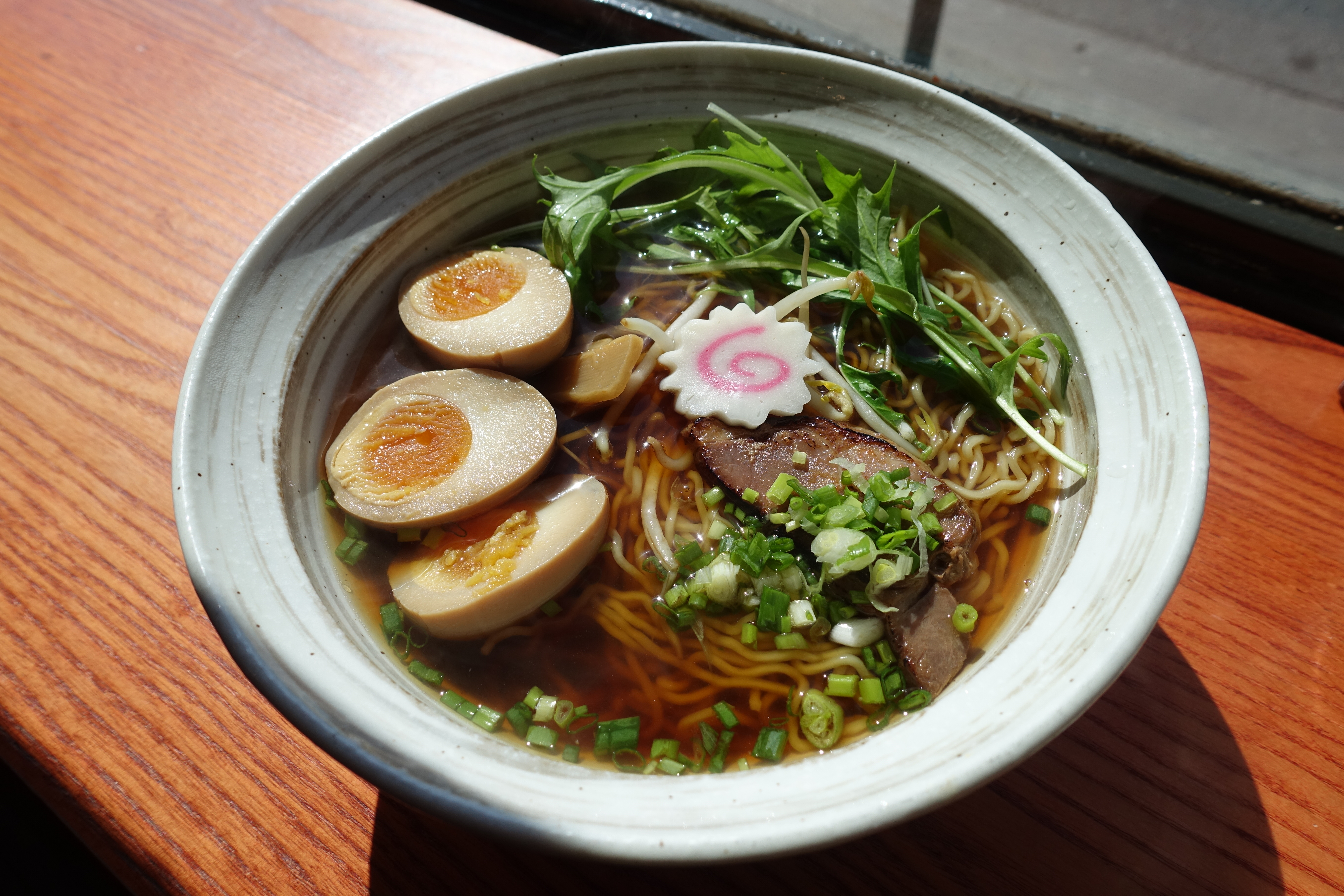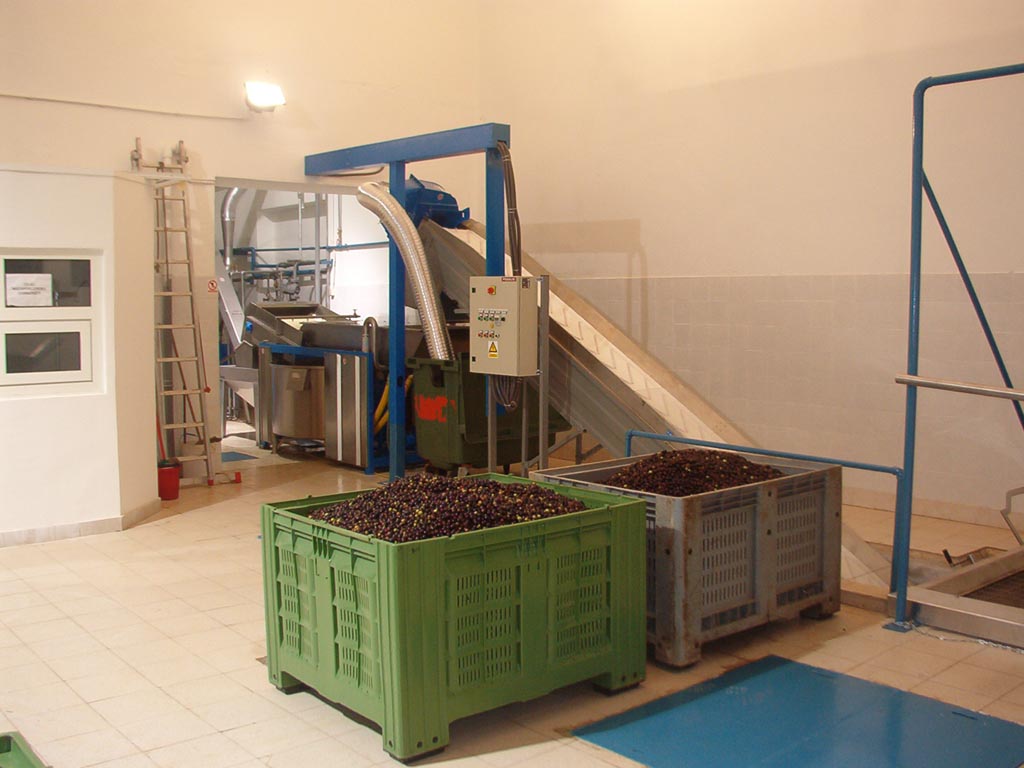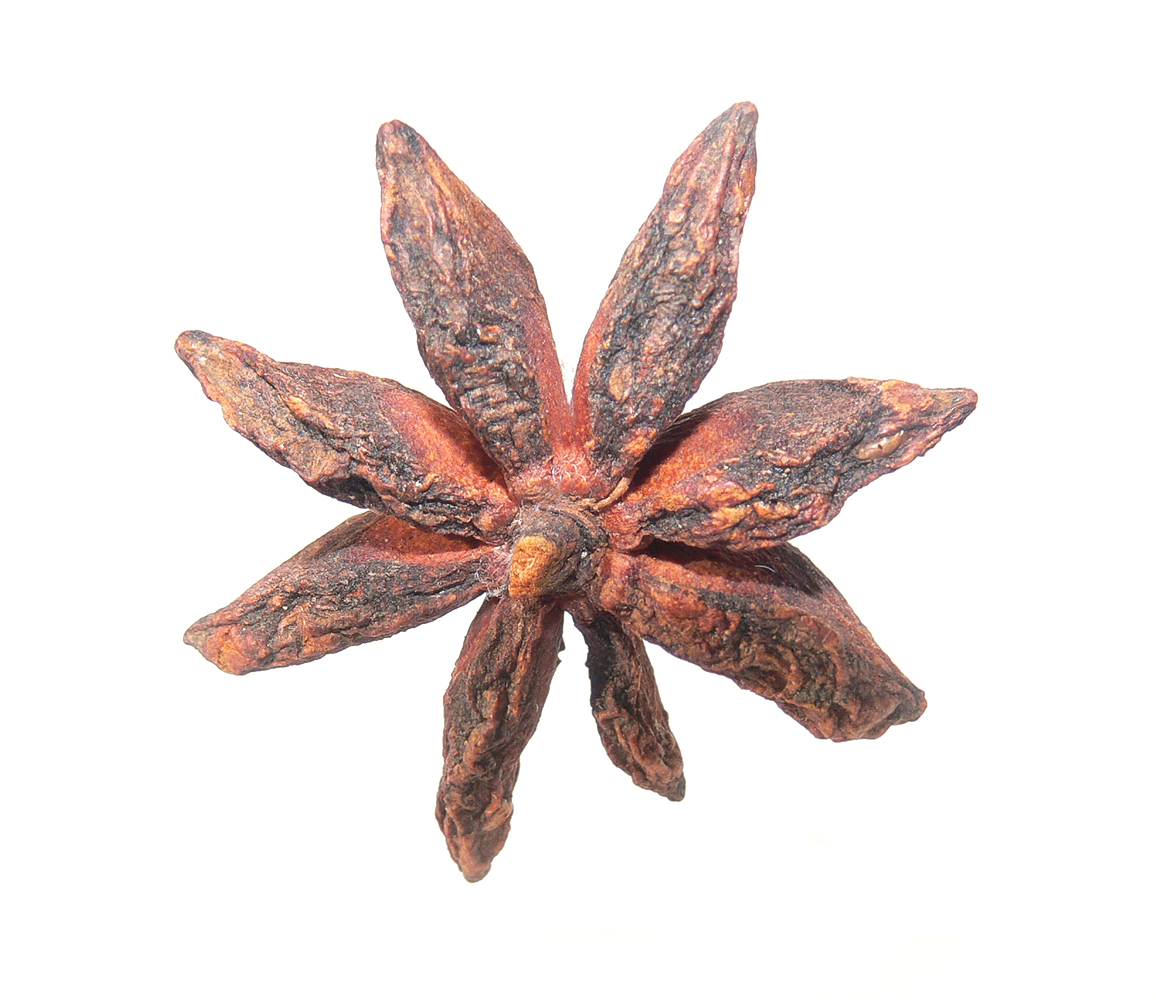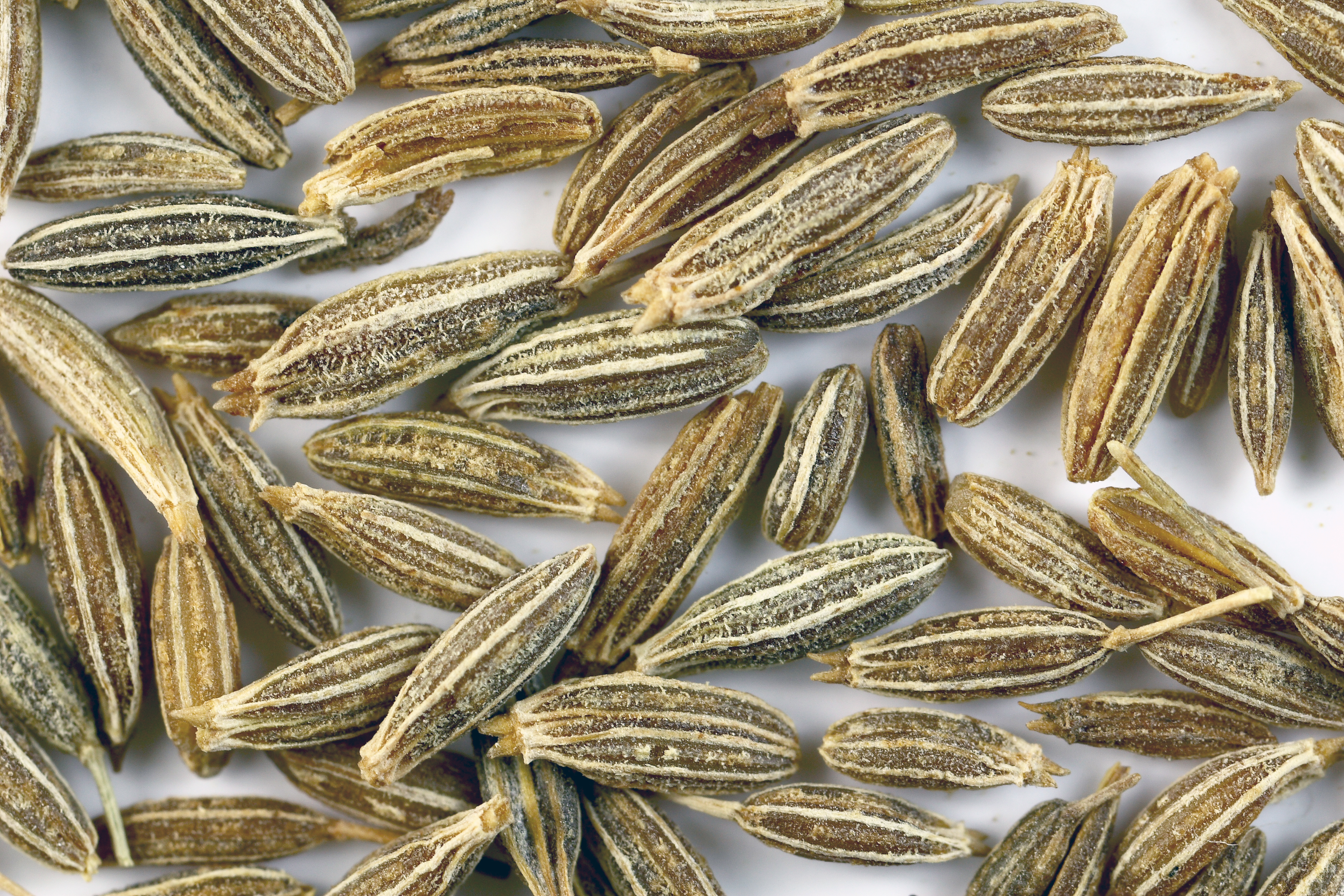|
Dapanji
Dapanji (; zh, s=大盘鸡, p=Dàpánjī, l=big plate chicken; ) is a spicy chicken stew that was invented by a Han Chinese chef in Shawan, Xinjiang in the 1980s. Although originally considered Chinese rather than Uyghur, the chef made the dish halal to accommodate local religious customs, and it quickly became popular among the local Uyghur population. History Dapanji first appeared in Shawan in the late 1980s. The dish gained popularity in Xinjiang in the mid-to-late 1990s. It is said to have been invented in Shawan, Northern Xinjiang, by a Han Chinese migrant chef from Sichuan named Li, who mixed hot chili peppers with chicken and potatoes in an attempt to reproduce a Sichuan taste. Although Shawan is generally believed to the place of origin of the dish, there are also other claims of origin, including an invention by a Hunan native at Chaiwopu Lake near Ürümqi. Some believed the dish was originally served in a number of smaller plates, but later a large single plate wa ... [...More Info...] [...Related Items...] OR: [Wikipedia] [Google] [Baidu] |
Dapanji Urumqi
Dapanji (; zh, s=大盘鸡, p=Dàpánjī, l=big plate chicken; ) is a spicy chicken stew that was invented by a Han Chinese chef in Shawan, Xinjiang in the 1980s. Although originally considered Chinese rather than Uyghur, the chef made the dish halal to accommodate local religious customs, and it quickly became popular among the local Uyghur population. History Dapanji first appeared in Shawan in the late 1980s. The dish gained popularity in Xinjiang in the mid-to-late 1990s. It is said to have been invented in Shawan, Northern Xinjiang, by a Han Chinese migrant chef from Sichuan named Li, who mixed hot chili peppers with chicken and potatoes in an attempt to reproduce a Sichuan taste. Although Shawan is generally believed to the place of origin of the dish, there are also other claims of origin, including an invention by a Hunan native at Chaiwopu Lake near Ürümqi. Some believed the dish was originally served in a number of smaller plates, but later a large single plate was ... [...More Info...] [...Related Items...] OR: [Wikipedia] [Google] [Baidu] |
Dak-bokkeum-tang
''Dak-dori-tang'' (), ''Dak-bokkeum-tang'' (), or braised spicy chicken is a traditional Korean dish made by boiling chunks of chicken with vegetables and spices. * The ingredients are sometimes stir-fried before being boiled. It is a ''jjim'' or '' jorim''-like dish, and the recipe varies across the Korean peninsula. Common ingredients include potatoes, carrots, green and red chili peppers, dried red chili peppers, scallions, onions, garlic, ginger, ''gochujang'' (chili paste), '' gochutgaru'' (chili powder), soy sauce, and sesame oil. Etymology debate Some groups advocating linguistic purism in Korean argue against the use of the term ''dak-dori-tang'' () due to the perception that it is a Japanese-Korean hybrid, though the etymology of the middle word ''dori'' () is not definitively known. In South Korea, the National Institute of the Korean Language claims that the word came from Japanese ''tori'' (; "bird"), and suggests that the word should be refined into ''dak-bokkeum- ... [...More Info...] [...Related Items...] OR: [Wikipedia] [Google] [Baidu] |
Onion
An onion (''Allium cepa'' , from Latin ), also known as the bulb onion or common onion, is a vegetable that is the most widely cultivated species of the genus '' Allium''. The shallot is a botanical variety of the onion which was classified as a separate species until 2011. The onion's close relatives include garlic, scallion, leek, and chives. The genus contains several other species variously called onions and cultivated for food, such as the Japanese bunching onion '' Allium fistulosum'', the tree onion ''Allium'' × ''proliferum'', and the Canada onion '' Allium canadense''. The name '' wild onion'' is applied to a number of ''Allium'' species, but ''A. cepa'' is exclusively known from cultivation. Its ancestral wild original form is not known, although escapes from cultivation have become established in some regions. The onion is most frequently a biennial or a perennial plant, but is usually treated as an annual and harvested in its first growing season. ... [...More Info...] [...Related Items...] OR: [Wikipedia] [Google] [Baidu] |
Xinjiang Cuisine
Uyghur cuisine (, ; zh, s=維吾爾菜, p=wéiwú'ěr cài) is the cuisine of the Uyghur people, which are mainly situated in the autonomous region of Xinjiang. The cuisine is characterized by ingredients like roasted mutton and beef, as well as kebab and rice dishes. Traditionally, specific dishes like ''polo'' are eaten with one's bare hands instead of with utensils like spoons, forks or chopsticks. Signature dishes include ''polo'', '' laghman'' and '' nan''. Because the majority of Uyghur people are Muslim, the food is predominantly halal. History Around the 4th century, the majority of Uyghurs led a nomadic lifestyle and therefore relied on livestock for food. Aside from their meat, dairy products made from their milk became a staple for many families. Especially horse milk was widely used and consumed as horses were also held for transportation purposes. Many of the practices of this nomadic diet can still be observed in the descendants of Uyghurs who immigrated from ... [...More Info...] [...Related Items...] OR: [Wikipedia] [Google] [Baidu] |
Tandyr Nan
''Tandyr nan'' is a type of Central Asian bread cooked in a vertical clay oven, the ''tandyr'' or tandoor. It is circular and leavened with yeast, and typically has a crisp golden surface. They are often decorated by stamping patterns on the dough, and can be topped with ingredients like sesame seeds, nigella seeds, or thinly sliced onion. Preparation Large ''tandyr'' ovens used to bake nan as well as cook meat are typically located outdoors. Unlike Indian tandoor ovens, in Central Asia the ''tandyr'' can be used in a vertical or horizontal position, although the bread is always baked in the fashion of a vertical oven, with the bread stuck onto the inner walls of the oven. The leavening can derive from sourdough starter, as is traditional, or from brewers yeast. Several filled variants of the bread exist, such as Uyghur ''gosh nan and'' Turkmen ''atli nan''. Bakers of nan are called ''nonvoys''. Designs ''Nan'' is often decorated with a central design in the shape of a circl ... [...More Info...] [...Related Items...] OR: [Wikipedia] [Google] [Baidu] |
Laghman (food)
''Laghman'' (, , ләғмән; , ; ; , ; , ) is a dish of meat, vegetables and lamian, pulled noodles from Uyghur cuisine. In Chinese, the noodle is known as ''latiaozi'' ( zh, 拉条子) or ''bànmiàn'' ( zh, 拌面). As native Turkic words do not begin with the letter 'L', ''läghmän'' is a loanword from the Chinese ''lamian'' and appears to be an adaptation of Northern and southern China, Northern Chinese noodle dishes'','' although its taste and preparation are distinctly Uyghur. It is also a traditional dish of the Hui people, Hui or Dungan people, Dungan people who call the dish ''bànmiàn.'' It is especially popular in Kazakhstan and Kyrgyzstan, where it is considered a national dish of the local Uyghurs, Uyghur and Dungan people, Dungan (Hui people, Hui) ethnic minorities. It is also popular in Russia, Uzbekistan, Tajikistan, Turkmenistan, northeastern Afghanistan (where chickpeas are added), and parts of northern Pakistan. The Crimean Tatar cuisine also adopted lagman ... [...More Info...] [...Related Items...] OR: [Wikipedia] [Google] [Baidu] |
Beer
Beer is an alcoholic beverage produced by the brewing and fermentation of starches from cereal grain—most commonly malted barley, although wheat, maize (corn), rice, and oats are also used. The grain is mashed to convert starch in the grain to sugars, which dissolve in water to form wort. Fermentation of the wort by yeast produces ethanol and carbonation in the beer. Beer is one of the oldest and most widely consumed alcoholic drinks in the world, and one of the most popular of all drinks. Most modern beer is brewed with hops, which add bitterness and other flavours and act as a natural preservative and stabilising agent. Other flavouring agents, such as gruit, herbs, or fruits, may be included or used instead of hops. In commercial brewing, natural carbonation is often replaced with forced carbonation. Beer is distributed in bottles and cans, and is commonly available on draught in pubs and bars. The brewing industry is a global business, consisting of several ... [...More Info...] [...Related Items...] OR: [Wikipedia] [Google] [Baidu] |
Soy Sauce
Soy sauce (sometimes called soya sauce in British English) is a liquid condiment of China, Chinese origin, traditionally made from a fermentation (food), fermented paste of soybeans, roasted cereal, grain, brine, and ''Aspergillus oryzae'' or ''Aspergillus sojae'' Mold (fungus), molds. It is recognized for its saltiness and pronounced umami taste. Soy sauce was created in its current form about 2,200 years ago during the Western Han dynasty of ancient China. Since then, it has become an important ingredient in List of Asian cuisines, East and Cuisine of Southeast Asia, Southeast Asian cooking as well as a condiment worldwide. Use and storage Soy sauce can be added directly to food, and is used as a dip or Salt#Edible salt, salt flavor in cooking. It is often eaten with rice, Japanese noodles, noodles, and sushi or sashimi, or can also be mixed with ground wasabi for dipping. Bottles of soy sauce for the salty seasoning of various foods are common on restaurant tables in many co ... [...More Info...] [...Related Items...] OR: [Wikipedia] [Google] [Baidu] |
Cooking Oil
Cooking oil (also known as edible oil) is a plant or animal liquid fat used in frying, baking, and other types of cooking. Oil allows higher cooking temperatures than water, making cooking faster and more flavorful, while likewise distributing heat, reducing burning and uneven cooking. It sometimes imparts its own flavor. Cooking oil is also used in food preparation and flavoring not involving heat, such as salad dressings and bread dips. Cooking oil is typically a liquid at room temperature, although some oils that contain saturated fat, such as coconut oil, palm oil and palm kernel oil are solid. There are a wide variety of cooking oils from plant sources such as olive oil, palm oil, soybean oil, canola oil ( rapeseed oil), corn oil, peanut oil, sesame oil, sunflower oil and other vegetable oils, as well as animal-based oils like butter and lard. Oil can be flavored with aromatic foodstuffs such as herbs, chilies or garlic. Cooking spray is an aerosol of coo ... [...More Info...] [...Related Items...] OR: [Wikipedia] [Google] [Baidu] |
Sichuan Pepper
Sichuan pepper (, also known as Sichuanese pepper, Szechuan pepper, Chinese prickly ash, Chinese pepper, Mountain pepper, and ''mala'' pepper, is a spice commonly used in Sichuan cuisine in China, Bhutan and in northeast India. It is called mejenga in Assam, India. It is called thingey (ཐིང༌ངེ༌) in Bhutan and is used in preparing ezay (a side dish similar to chutney), to add spiciness to rice porridge (ཐུགཔ་), ba-thup and noodle (buckwheat noodles similar to soba) and other snacks. It is extensively used in preparing blood sausage throughout Bhutan, Tibet and China. Despite its name, Sichuan pepper is not closely related to black pepper or chili peppers. It is made from a plant of the genus ''Zanthoxylum'' in the family Rutaceae, which includes citrus and rue. When eaten, Sichuan pepper produces a tingling, numbing effect due to the presence of hydroxy-alpha sanshool. The spice has the effect of transforming other flavors tasted together or shortl ... [...More Info...] [...Related Items...] OR: [Wikipedia] [Google] [Baidu] |
Star Anise
''Illicium verum'' (star anise or badian, Chinese star anise, star anise seed, star aniseed and star of anise) is a medium-sized evergreen tree native to South China and northeast Vietnam. Its star-shaped pericarps harvested just before ripening are a spice that closely resembles anise in flavor. Its primary production country is China, followed by Vietnam and other Southeast Asian countries. Star anise oil is highly fragrant, used in cooking, perfumery, soaps, toothpastes, mouthwashes, and skin creams. Until 2012, when they switched to using genetically modified '' E. coli'', Roche Pharmaceuticals used up to 90% of the world's annual star anise crop to produce oseltamivir (Tamiflu) via shikimic acid. Etymology and nomenclature ''Illicium'' comes from the Latin meaning "entice" or "seduce".Gledhill, David (2008). "The Names of Plants". Cambridge University Press. (hardback), (paperback). pp 210, 400 ''Verum'' means "true" or "genuine". The name "badian" appears to ... [...More Info...] [...Related Items...] OR: [Wikipedia] [Google] [Baidu] |
Cumin
Cumin (, ; ; ''Cuminum cyminum'') is a flowering plant in the family Apiaceae, native to the Irano-Turanian Region. Its seeds – each one contained within a fruit, which is dried – are used in the cuisines of many cultures in both whole and ground form. Although cumin is used in traditional medicine, there is no high-quality evidence that it is safe or effective as a therapeutic agent. Etymology and pronunciation The term comes via Middle English ''comyn'', from Old English ''cymen'' (which is cognate with Old High German ''kumin'') and Old French cummin, both from the Latin term . This in turn comes from the Ancient Greek (), a Semitic languages, Semitic borrowing related to Hebrew language, Hebrew () and Arabic (). All of these ultimately derive from Akkadian language, Akkadian (). The English word is traditionally pronounced (), like "coming" with an ⟨n⟩ instead of ⟨ng⟩ (/ŋ/)."Cumin." '' A Way with Words'' (Radio broadcast/podcast). 25 October 2014. Re ... [...More Info...] [...Related Items...] OR: [Wikipedia] [Google] [Baidu] |






